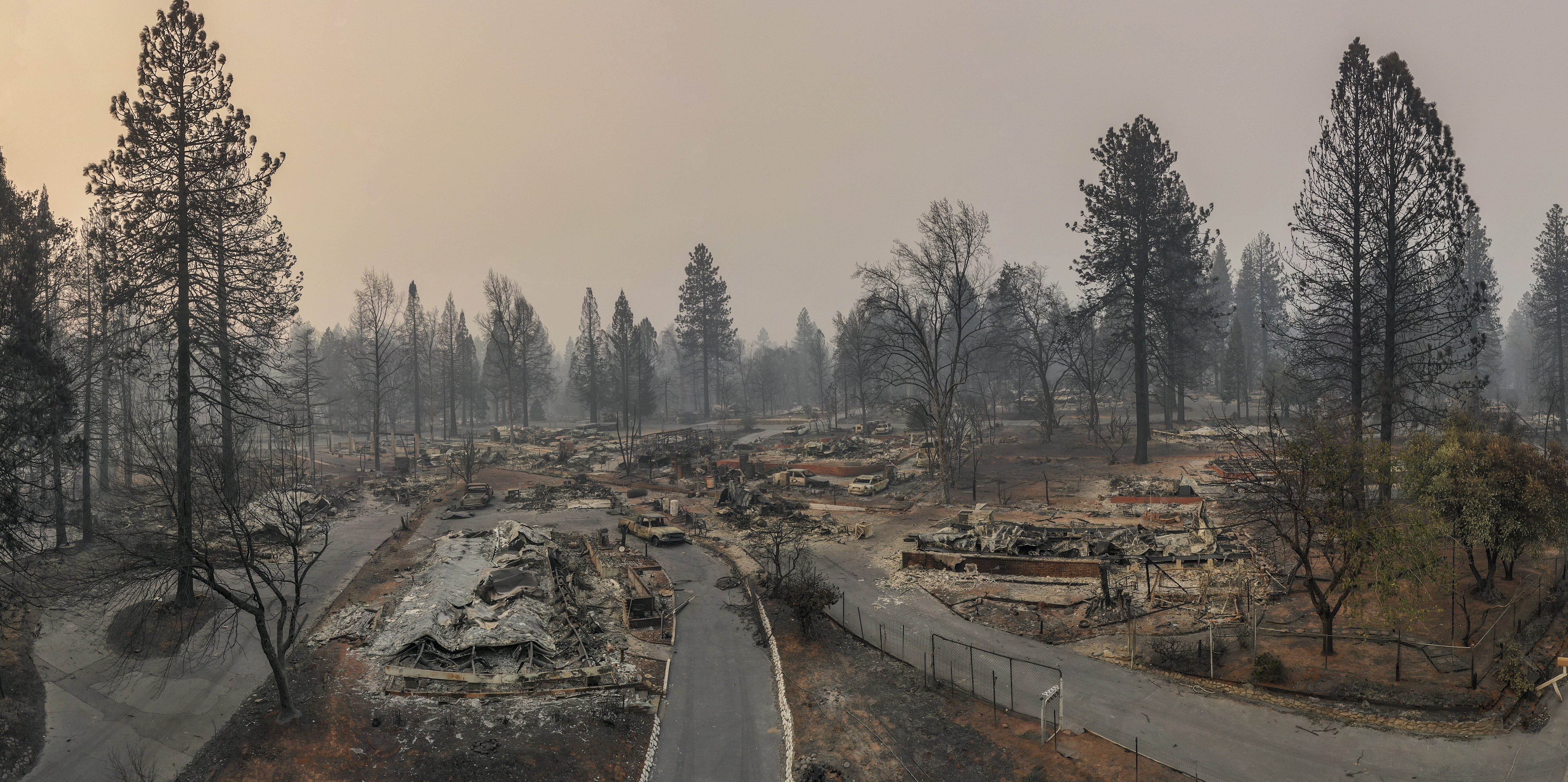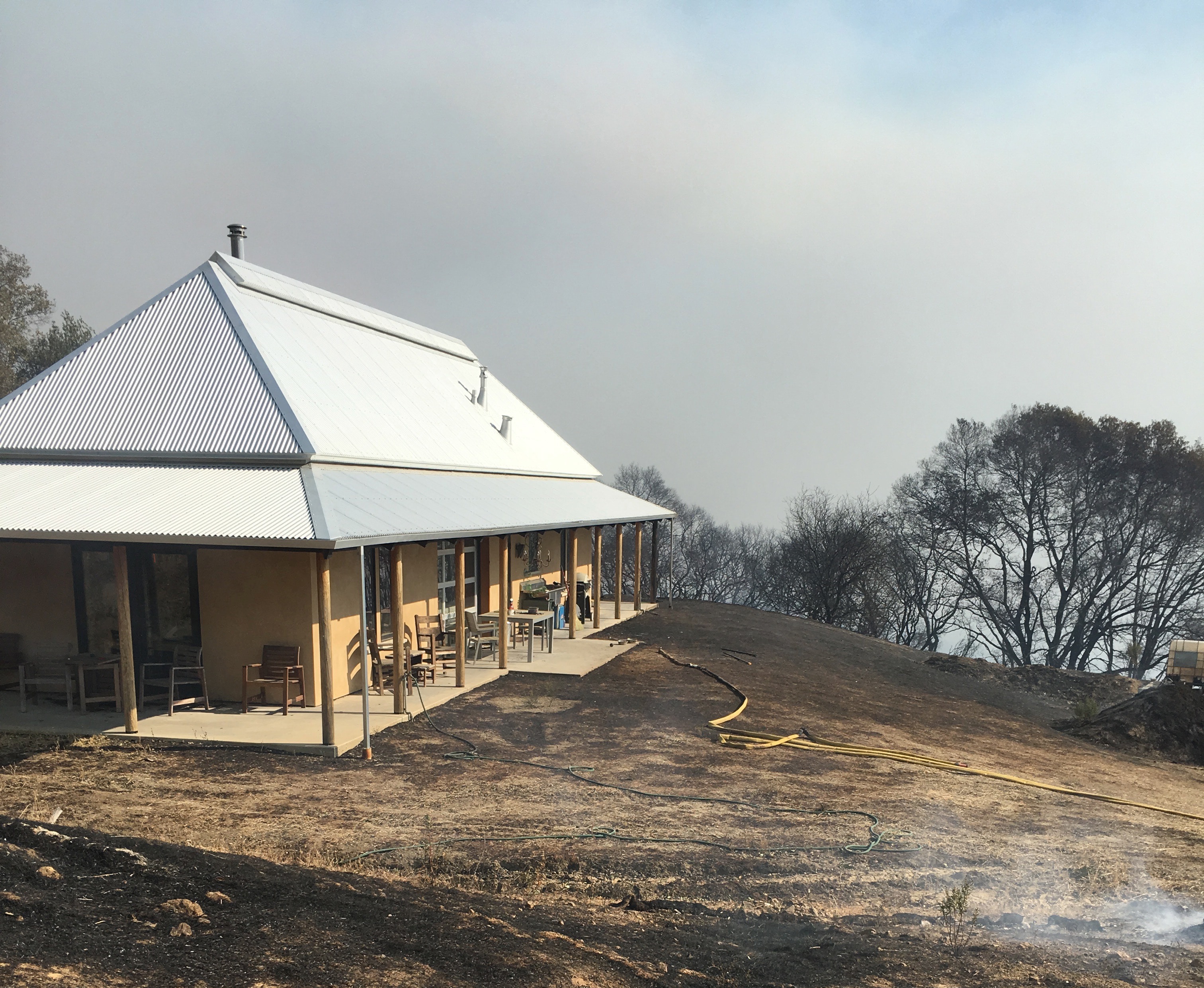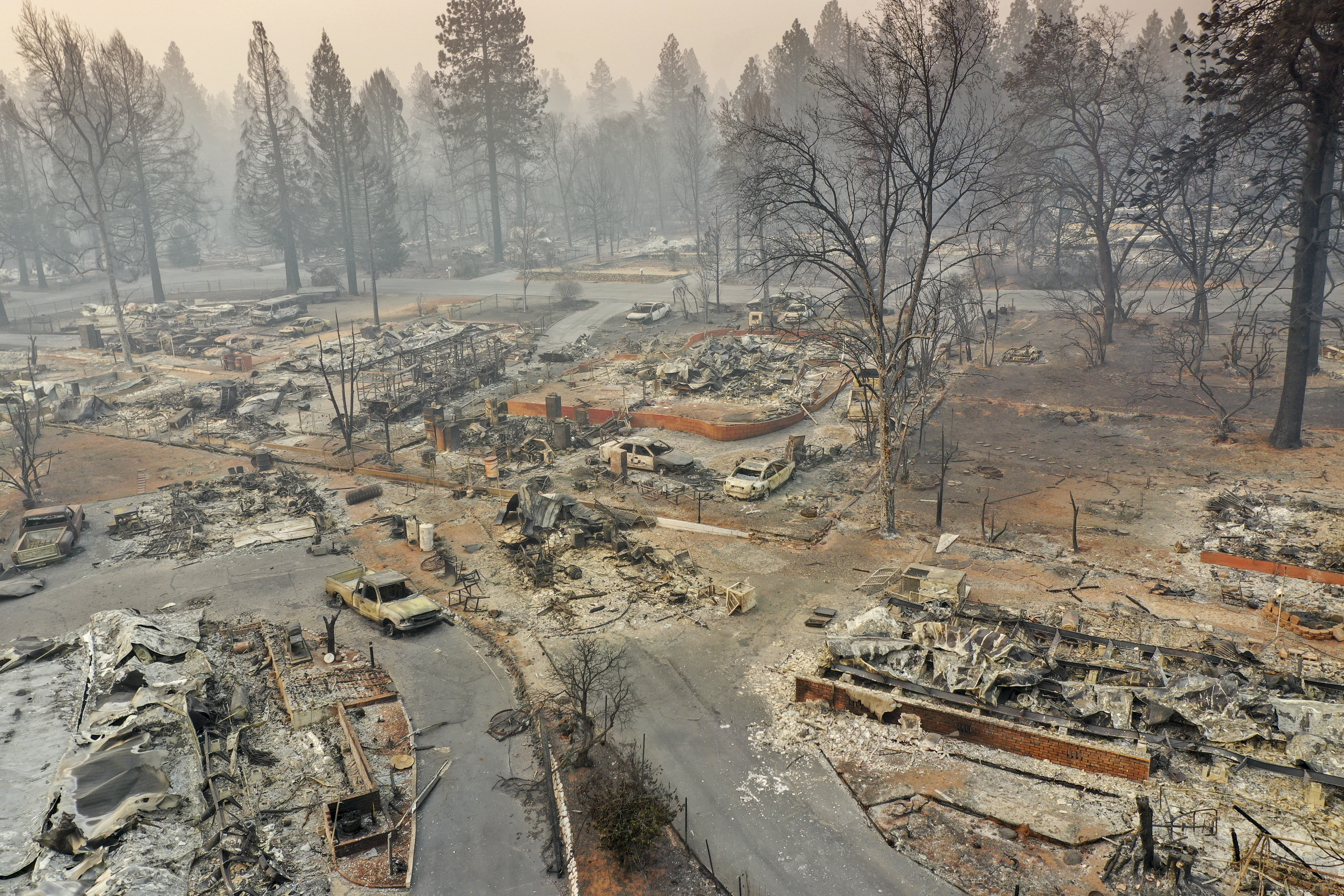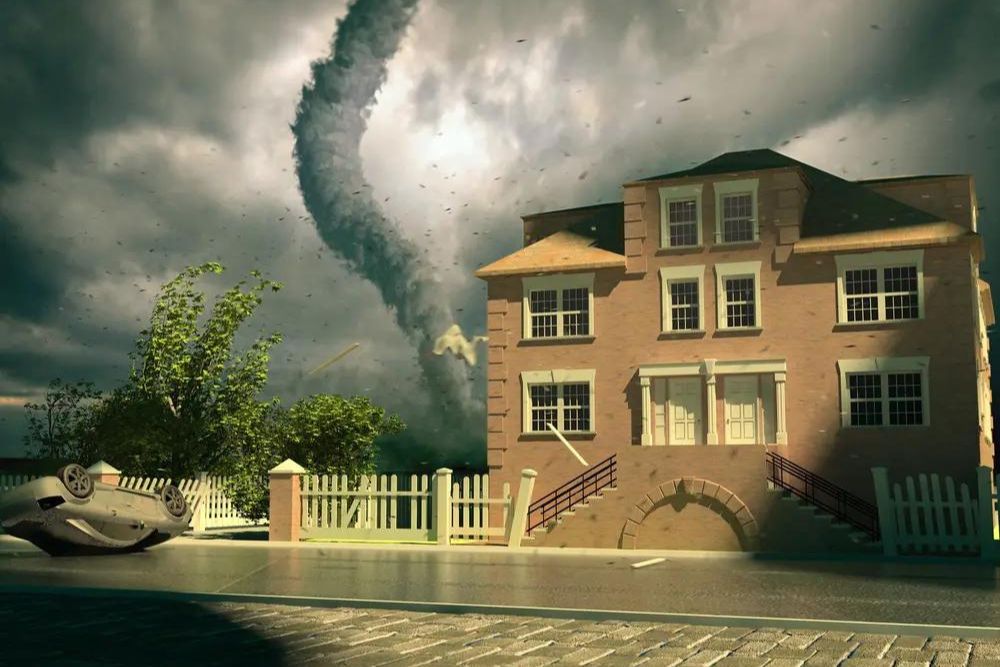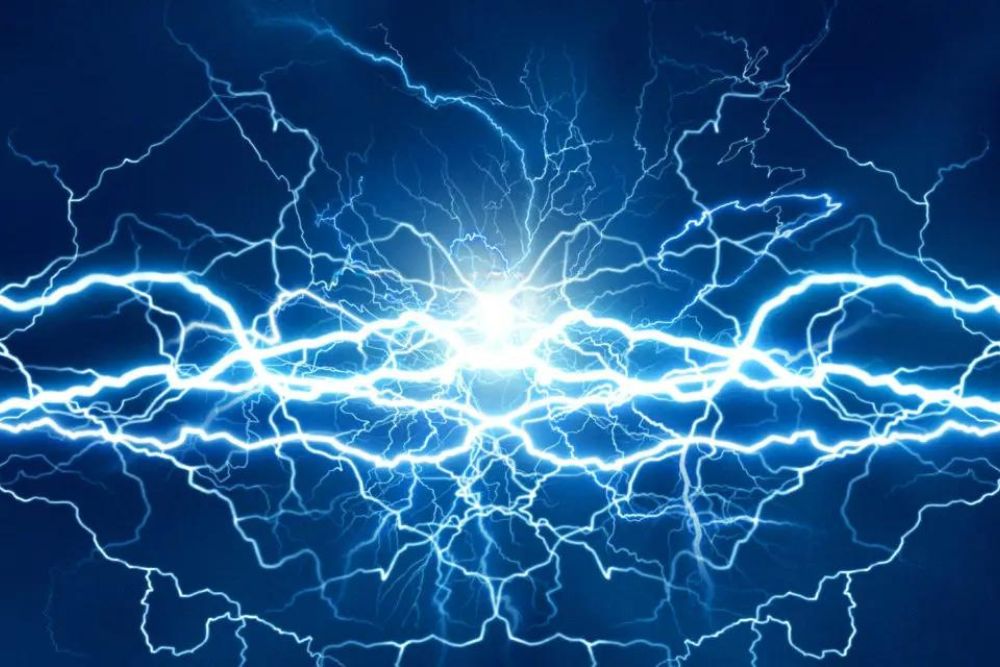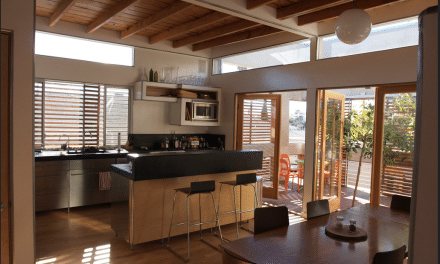Image Copyright 2018 UAV Public Safety Response Team/R. Durscher
Guest Author, Ted Tiffany
Reflections in the Aftermath
When rain finally came to contain the fires in Paradise, California, I recalled the first rains after the devastating fire in October 2017 in my city, Santa Rosa, California. It was a sad relief for our city that came with its own new hazard of landslides and debris flow off newly fire-scraped land. It made me think of what the first sun must have felt like after the hurricanes in Texas, Florida, and Puerto Rico, relief with a heavy heart. Heavy is really what this is, a great weight, a struggle to find the collective energy needed for a huge push, to lift people up and help our communities repair while dealing with immense grief.
Living in Santa Rosa after the event, I’ve seen what hope and kindness has grown here, not from outside help, but from the people that have really stepped up in the community. It’s with that experience I can offer hope to other communities and share our lessons in rebuilding. I recently saw Mayor Carmen Yulín Cruz of Puerto Rico speak at GreenBuild in Chicago; she stated the most important of these very simply: “Rebuilding with resiliency and sustainability SAVES LIVES.” Our communities are not prepared for climate change events like the ones we are facing, whether fire, flood, hurricane, or other. We need to create resilient communities by rebuilding both buildings and infrastructure in resilient and sustainable ways. This is not a “nice to have,” but an imperative.
The forests have survived many fires and have evolved to adapt; our buildings haven’t. Homes that burned in Santa Rosa and those lost in Paradise, Malibu, and elsewhere showed that the materials we built with became the primary fuel load. The materials we use, from vinyl siding, plastic gutters, “efficient” vinyl windows, and even oil- and latex-based paints, become the fuel for the fires to ignite and enter the home. While the homes are in toxic ash piles, the trees endure and will leaf out again the following spring.

A Better Way of Building
Strawbale home in Redwood Valley, California survives wildfire.
Photo by Edward Doody, Courtesy of Arkin Tilt Architects
There are techniques and materials, both old and new, which can improve resistance to fire and the toxic cleanup in the aftermath.
Two straw-bale homes designed by Arkin Tilt Architects, a firm that specializes in green construction, survived the 2017 fires: one in Sonoma and the other in the Redwood Valley in Mendocino. Designed with natural, regional, and sustainable materials, they are great examples of green construction, but also healthy survivors with lessons learned: metal roofs and high-performance sealed attics helped in their survival. Even if they did burn, these buildings wouldn’t be toxic ash heaps; that in itself is another lesson – we should strive to use materials that are safe for the families living in the homes and, in the worst case, safe for our firefighters.
Time for a Change of Fuels
Those of us involved in the rebuilding in Santa Rosa have talked a lot recently about eliminating natural gas in new (and existing) homes. With clean, safe, and efficient electric heat pumps available for heating, cooling, and water heating, the need for natural gas heating equipment has virtually disappeared. Cooking ranges now represent the last major stronghold of natural gas in the home – largely due to memories of unsatisfactory experiences cooking on old-style electric ranges. However, induction stovetops and electric convection ovens not only have been proven to cook faster, more evenly, and more safely than their gas counterparts (while also greatly reducing cleaning), these newer technologies have also won the hearts and minds of many initially-skeptical cooks, including professional chefs. I have yet to meet someone who has an induction range who would go back to cooking on a gas stove.
A Resilient Future
Decarbonization (removing fossil fuels) and electrification paves the way for our buildings, with the addition of renewable energy systems and battery storage, to become resiliency centers for family and friends in future disasters. A large number of these systems is being put in place in hurricane recovery areas in Texas and Florida, with mass deployment in Puerto Rico to provide temporary power while the central grid there is being restored.
We have an imperative to rebuild more resilient, decarbonized buildings made from materials that are abundant, renewable, and healthy. We can’t bring back lives that were lost in these past events, but it’s critical we rebuild homes which will save lives in the future.
About the Author
Ted Tiffany is Senior Technical Lead with the Building Decarbonization Coalition. Ted Tiffany has over 20 years experience working in the energy industry. Starting from the commercial construction field, building expertise in energy performance modeling, engineering support, architectural consulting, and policy development he has emerged as one of the leading experts in building decarbonization and grid harmonization in his field. With expertise in complex building design, from houses to hospitals, efficiency engineering, renewable energy systems, microgrid design, he’s able to navigate the policy impacts of rate design, grid interaction, and the pathways to ending fossil fuel use in buildings. His prime focus is improving the educational outreach to get electrification and building decarbonization into the mainstream of design, construction, and policy.
Some other great articles on resilience.
For practical suggestions to protect your home from wildfires, see this informative article by Steve Spratt of Home Preservation Manual.
Our Home Resilience Product Showcase, features many products which can help your family be prepared in an emergency situation.
There are lots of opportunities to make high-impact, climate-friendly decisions right in our homes. Learn more at Electrification: the Nexus of Individual and Policy Action.


